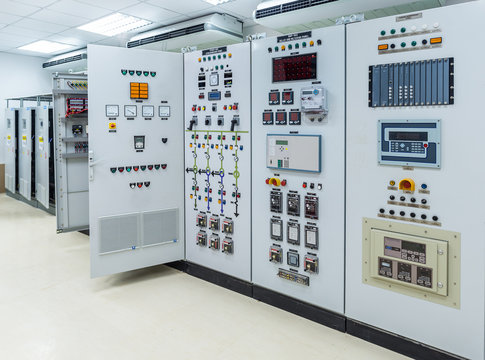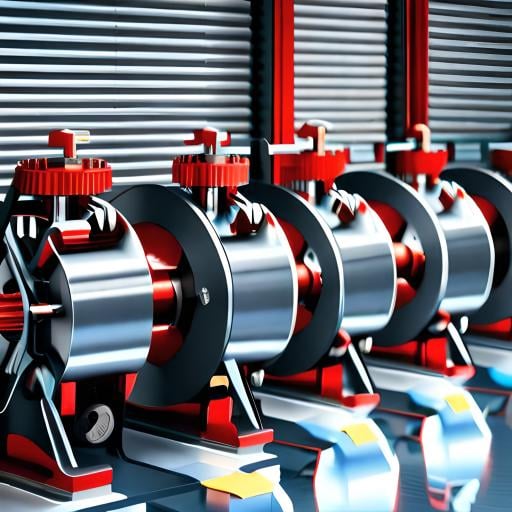Industrial electric motors power a wide range of purposes in the global economy. According to the International Energy Agency, the automotive industry is responsible for up to 70% of all energy used in industrial settings, 35% of all energy used in the commercial and service sectors, and 45% of all electricity produced globally (IEA). The importance of electric motors in various industrial applications is highlighted by motor-related downtime costs thousands of dollars per hour. Most greenhouse gas emissions and environmental damage brought on by power plants are their own. They also play a significant role in the rapidly increasing demand for power in emerging nations.
With normal payback durations of less than three years, there is a global economic potential to increase the energy efficiency of industrial motors by 20 to 30%. Of the 26 billion tons of carbon dioxide emissions worldwide each year, electric motors are responsible for around 15%, or 4.3 billion tons. One of the most economical and low-risk solutions to reduce the growing energy demand and greenhouse gas emissions is to increase energy efficiency.
Use a powerful motor for the following reasons:
- Reduced operating costs
- Performance that is cooler and quieter
- Improved motor reliability and durability
- Lower greenhouse gas emissions
Beginning the Motor Analysis:
Electric motors experience some energy loss because of windage, friction, and losses in the stator, rotor, and magnetic core. The decline in motor efficiency is caused by these losses. Efficiency evaluation and minimal energy performance criteria are essential given energy consumption and industrial electric motor usage.
The accuracy with which motor efficiency and motor loss are estimated depends on the test method used. No single testing method is employed extensively across all sectors. Despite being a simple idea, it can be challenging to assess and validate the motor’s energy efficiency using numerous criteria.
Techniques For Measuring Performance That Are Widely Accepted:
In industrial applications, the following testing techniques are commonly mentioned:
A common motor and generator testing process is IEEE 112-2004. International Electrotechnical Commission (IEC) publication 60034-2-1, Tests, 2014 version. techniques for calculating the losses and efficiency of electrical spinning machinery. The Japanese Electrotechnical Committee created the JEC 37 standard for induction devices. ANSI/IEEE 112-2004
Ten energy efficiency testing approaches are included in this methodology. To use the most important:
- Simple input and output testing
- Assess input and output that have been loss-separated.
- Check for machine separation loss from back-to-back.
- Using smoothed residual losses to calculate load losses
- The Eh-star approach
There are three primary categories for the IEC standard test:
- Calculating a single device’s input-output power.
- Evaluating the input-output power of two devices that are coupled in series.
- Losses on one machine were calculated.
The test techniques for Japanese standard JEC 37 fully neglect the extra load losses. Reducing operating costs for enterprises is one of the important economic and environmental benefits of improving the energy efficiency of machinery and appliances. In every major Germany city, including Berlin, Hamburg, Munich, Cologne, Frankfurt, and Stuttgart, we provide motor start analysis services.




